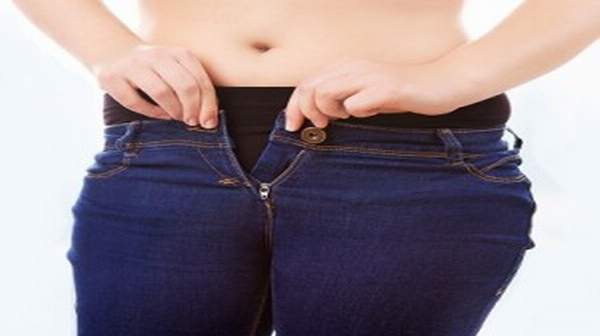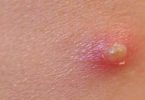What's in this article?
What is Lipedema?
Lipedema affects up to 11% of women. It happens when fat is distributed in an irregular way beneath your skin, usually in the buttocks and legs. Although it begins as a cosmetic concern, it can eventually cause pain and other problems. Lipedema can be mistaken for regular obesity or lymphedema.
Signs and symptoms of Lipedema
In lipoedema, the legs become enlarged from the ankles up to the hips. Both legs are usually enlarged at the same time and to the same extent.
The feet are not affected and this creates a ‘bracelet’ effect or ‘band-like’ appearance just above the ankles.
The hands are not usually affected either, although the arms occasionally can be.
The degree of enlargement caused by lipoedema differs between individuals with the condition and it can gradually worsen over time.
As well as becoming enlarged, affected areas of the body may:
- feel soft, ‘doughy’ and cold
- be tender to touch
- bruise easily
- ache or feel painful
- have small broken veins under the skin
The condition can progress to cause fluid retention (lymphoedema) in the affected legs.
The combination of these symptoms can lead to reduced mobility and psychological issues, such as low self-esteem.
Types of Lipedema
The type of Lipoedema is part knowledge and part guess work, here are also stages of it.
The importance of not getting Lymphoedema as a result of your Lipoedema is most important.
- Increase of the adipose tissue in the region of the pelvis and the backside.
- The lipoedema goes as far down as the knees.
- Marked clinical picture of a lipoedema from the hips down to the ankle (Hareem Trouser shape).
- Special particularity: the arms are affected.
- Special particularity: restricted to the lower leg.
Causes of Lipedema
The cause is not known, but doctors suspect female hormones play a role. That’s because the condition affects mostly women, and it often begins or worsens at puberty, during pregnancy, following gynecologic surgery, and around the time of menopause.
Scientists also believe genes are involved, because many women with the condition have family members with the condition.
Treatment for Lipedema
There is no consensus on a uniform treatment plan. Treatments range from mild lifestyle changes, to medications and supplements, to surgical.
Medical treatment is designed primarily to address the secondary lymphedema part of the lipedema patient’s condition. This treatment includes a course of manual lymphatic drainage and bandaging by a lymphedema therapist, followed by the wearing of custom-fitted compression garments or devices usually stockings, and sometimes biker shorts and/or arm compression. Compression prevents recurrence of lymphedema, and in some lipedema patients can reduce the pain of lipedematous fat.
There is currently no known uniform medical procedure to cure lipedema. It is, however, successfully managed through a variety of consistently applied techniques to improve the health of the legs and prevent the condition from returning in more difficult to manage levels. Management involves reducing dietary sodium intake, frequent, gentle exercise to promote circulation in the legs, such as rebound exercise, and treatments typical for lymphedema treatment.






Leave a Comment